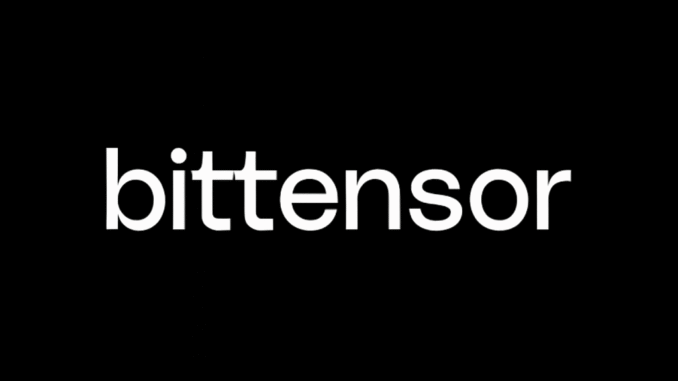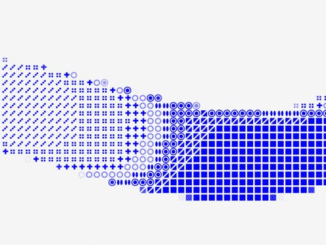
The OpenTensor Foundation has officially reinstated subnet registration and deregistration in the Bittensor network.
This marks a major shift toward greater competition, higher-quality projects, and more efficient resource allocation on Bittensor.
The update reintroduces a mechanism where new subnets can replace weak performers, reshaping Bittensor’s growth trajectory and governance model.
Understanding Subnets in Bittensor
- Bittensor ($TAO) is a decentralized protocol that rewards the creation and sharing of intelligence through a network of subnets.
- Subnets are modular environments where:
- Miners contribute models or compute power.
- Validators evaluate their output and distribute rewards in $TAO.
- The network runs under Yuma Consensus, ensuring merit-based emission.
- As of late 2025, there are a maximum of 128 allowed subnet slots.
This cap keeps the ecosystem lean and competitive, preventing resource dilution.
Why Registration Was Paused, and Why It’s Back
Subnet registration and deregistration were paused to:
- Implement major network upgrades.
- Refine emission and scoring systems.
- Review governance proposals such as BIT-0016 and GitHub Issue #1651.
The pause also addressed issues like:
- High registration costs.
- Low-quality or abandoned subnets clogging the network.
With these improvements now active, Bittensor aims to reintroduce a competitive “survival of the fittest” model where only top-performing subnets remain.
Key Changes in the Update
1. 128-Subnet Cap + Deregistration
- The network enforces a hard limit of 128 subnets.
- When a new subnet registers:
- The lowest-performing non-immune subnet is automatically deregistered.
- EMA scores determine ranking and eligibility.
- Deregistered subnet $TAO pools are redistributed to alpha holders (stakers).
- This clears inactive projects and recycles capital into stronger ones.
2. Immunity Period
- New subnets get a 4-month immunity window (previously 6 months).
- Gives builders time to establish operations before facing competition.
- Balances innovation and accountability.
3. Burn Cost Replaces Lock Cost
- Registration now uses a burn fee instead of a refundable lock.
- Current cost: 2,500 $TAO, permanently recycled.
- This design ensures only serious teams commit to registration.
4. Subnet Mechanisms and Controls
- Support for multiple incentive models within one subnet (“sub-subnets”).
- UID pruning removes oversized miner sets.
- Hyperparameter rate limits reduce volatility and abuse.
Implications for the Ecosystem
For Subnet Owners
- Competition intensifies — only valuable subnets survive.
- Teams must demonstrate sustained performance and innovation.
- Poor-quality or inactive subnets face deregistration.
For Stakers and Investors
- Redistribution from deregistered pools boosts returns for active participants.
- Burn mechanism adds deflationary pressure to $TAO supply.
- Encourages staking in high-quality subnets and discourages passive speculation.
For the Network
- Eliminates “dead weight” and realigns incentives.
- Strengthens ecosystem health through continuous competition.
- Increases confidence in subnet value and emissions integrity.
Community Sentiment
- Most of the Bittensor community views the move as bullish.
- Supporters call it a “cleanup event” that rewards builders and punishes low-effort projects.
- Analysts predict a wave of higher-quality subnet launches as competition rises.
- Caution remains for traders speculating on inactive or weak subnets — deregistration wipes them out completely.
TL;DR
The return of registration and deregistration signals a new competitive phase for Bittensor. By combining deflationary economics, performance-based incentives, and active subnet rotation, the network is positioning itself for sustained growth and quality assurance.
Bittensor’s ecosystem now favors teams that build, perform, and adapt while removing those that don’t. This update lays the groundwork for a more resilient and innovative decentralized intelligence network.




Be the first to comment